Variegated Monstera not doing well
Plant: Monstera deliciosa variegated
How long have you had the plant? 1 to 2 years.
Concerns:
I came back from my 3-week holiday last night and had to find the plant in quite a bad shape (meaning: it looks incredibly, incredibly bad, all leaves show either brown (dry) parts or fishnet-like brown patterns, a new sprout has dried, etc). My neighbor took good care of all my plants but this one seems to have suffered a lot and I don’t know what it might be. There was no change of location involved and the surrounding plants don’t show any signs of stress. I gave it a careful shower with lukewarm water should pests be involved (hence the weird location and the missing pole). The soil doesn’t seem to be too wet, there is no smell (in terms of possible rotting parts).
I have had it for 1.5 years now. It started as a neighbor might not have opened the windows but the air was not particular dense / bad / whatsoever.
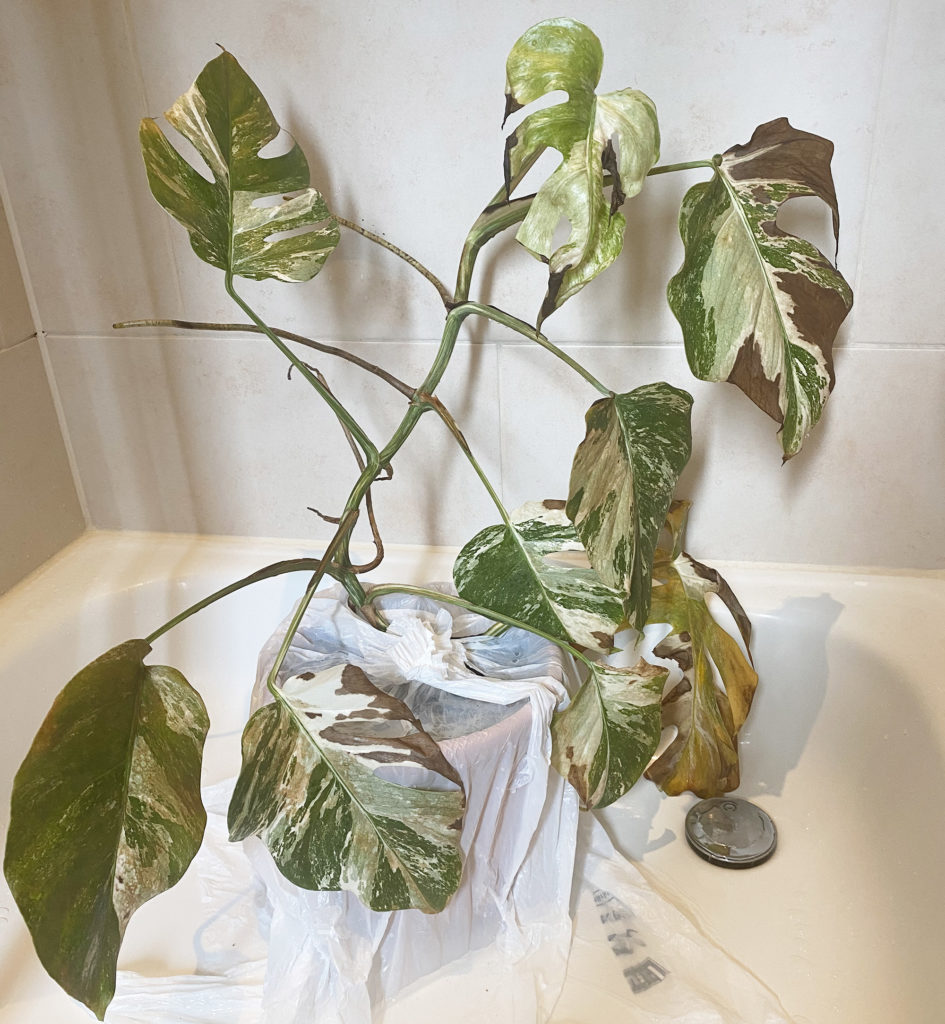
Light Situation:
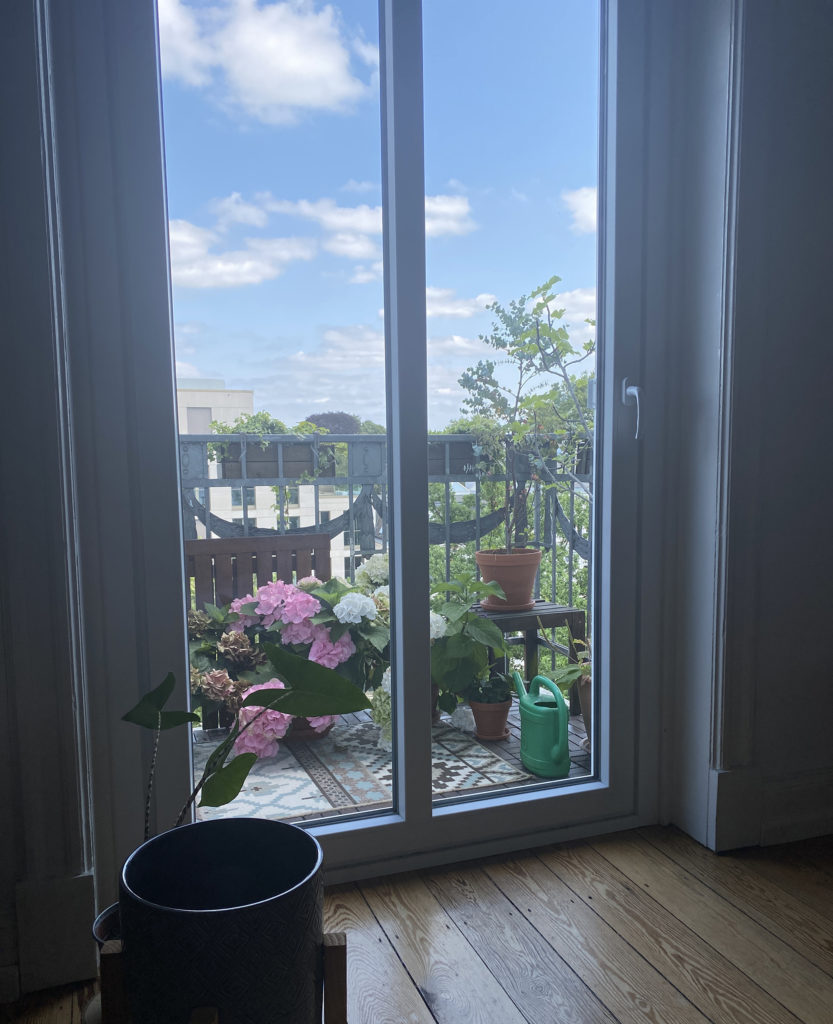
How do you determine WHEN to water? I wait for the soil to become about halfway dry.
Describe HOW you water: I pour a small amount of water onto the soil. I tried soaking but the plant didn’t do well with it in the past.
What fertilizer (if any) do you use? I recently started using fertilizer.
Soil situation:
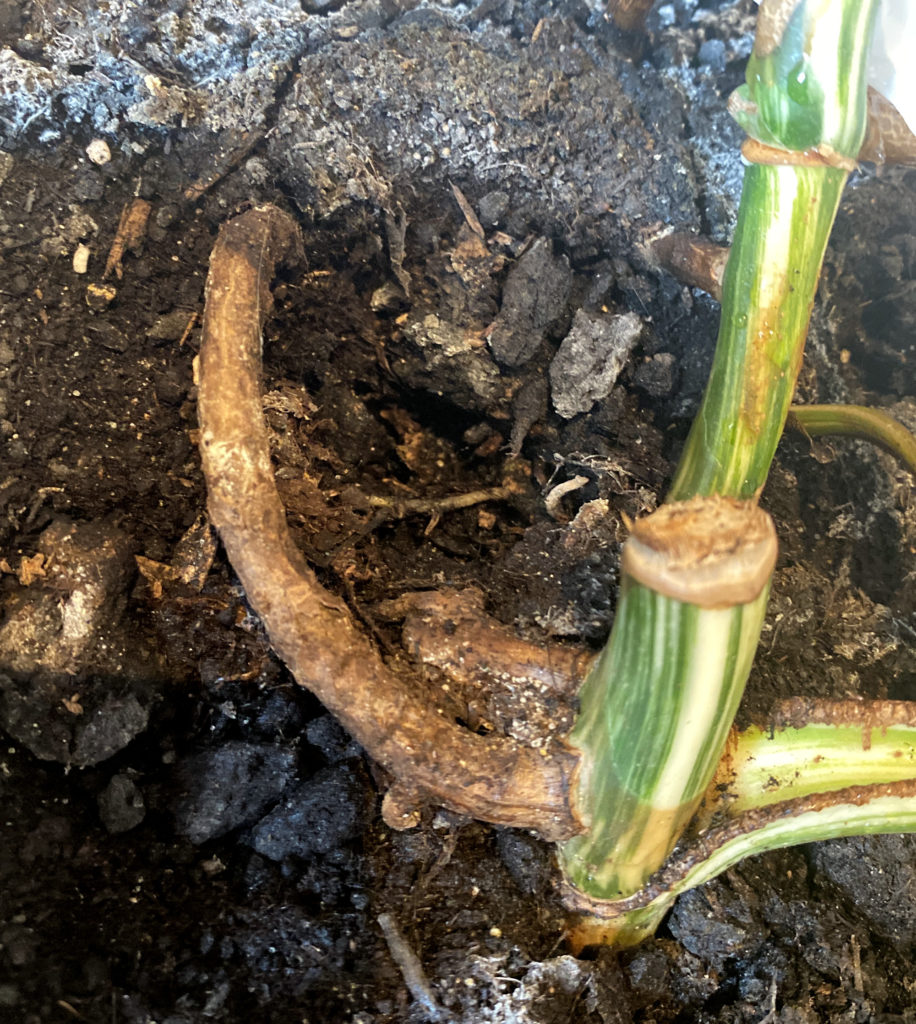
Darryl’s Analysis
Environment:
That’s a great spot for your Monstera in terms of light.
Effort:
If you said that a thorough soaking of the soil didn’t seem good for the plant, then I’d say your soil mixture could use a bit more porosity and drainage – it appears quite compacted from the photo. When you are able to thoroughly water and flush the soil, it will help with minimizing the appearance of the dark brown tips – and although I never expect all leaves to be pristine forever, the fact that your newest leaf has damaged tips tells me that your soil could be too water retentive.
The other issue with the overall yellowing and patchiness is likely a thrips infestation that got worse while you were away. Here’s a photo of another Monstera with a thrips infestation:
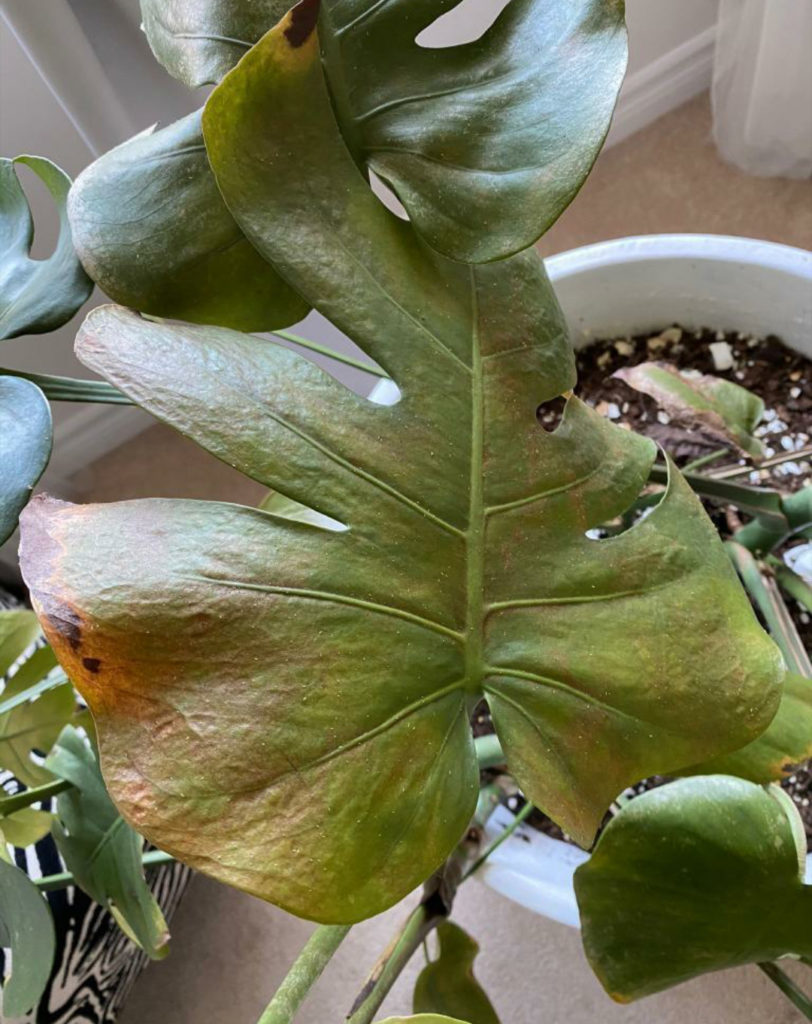
Look closer at your plant and see if you can see any light yellowish insects on the undersides of your leaves:
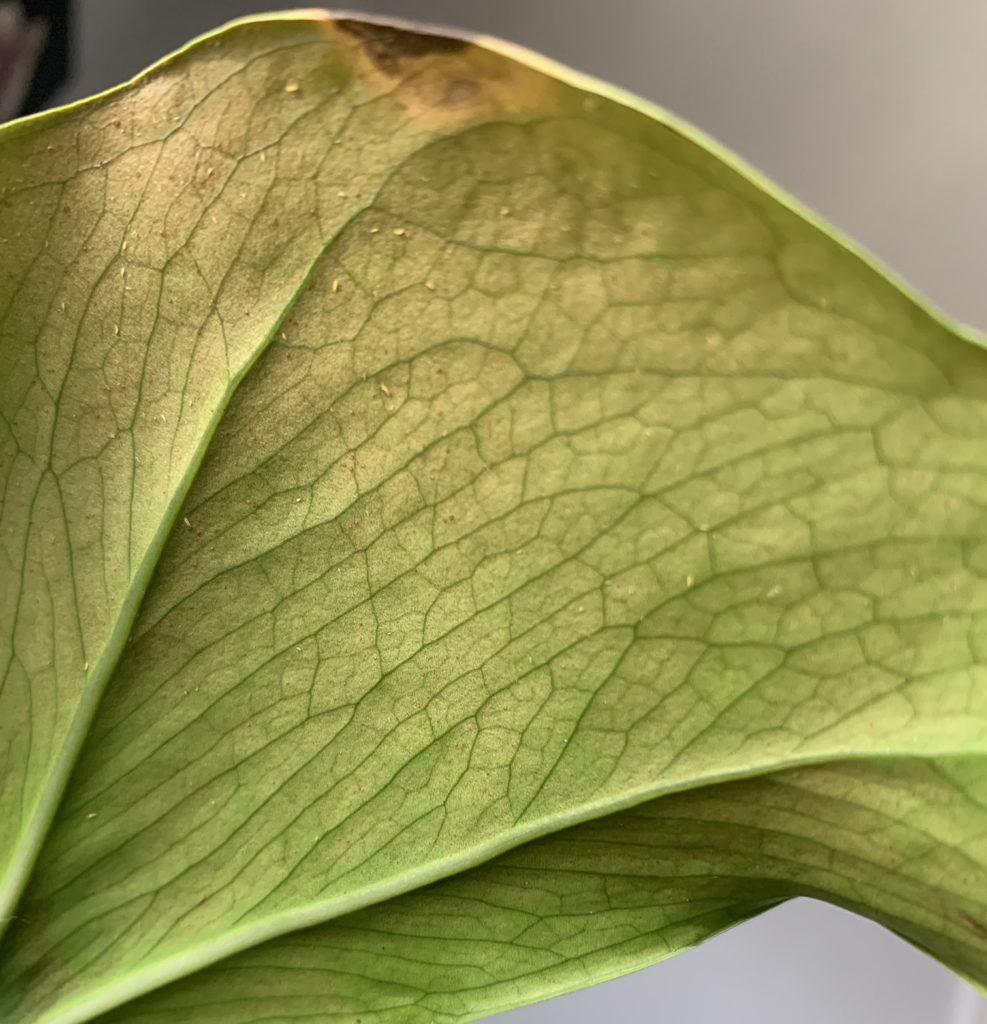
Thrips treatment info HERE.
Expectations:
As mentioned in the thrips article, you must repeat the killing tactics (physical removal + insecticidal soap spray) because the eggs are laid inside the plant tissues, which means no matter how thorough you think you’ve killed all the insects ON the plant, there will be a new generation of larvae hatching in a few days. So if you insist on keeping the plant together, expect to be fighting thrips for the next few months.
If you want to understand how to have a long-term view of plants, learn from my course.
Tired of your houseplants dying on you?
Sign up and I’ll do my best to help them live their best lives!